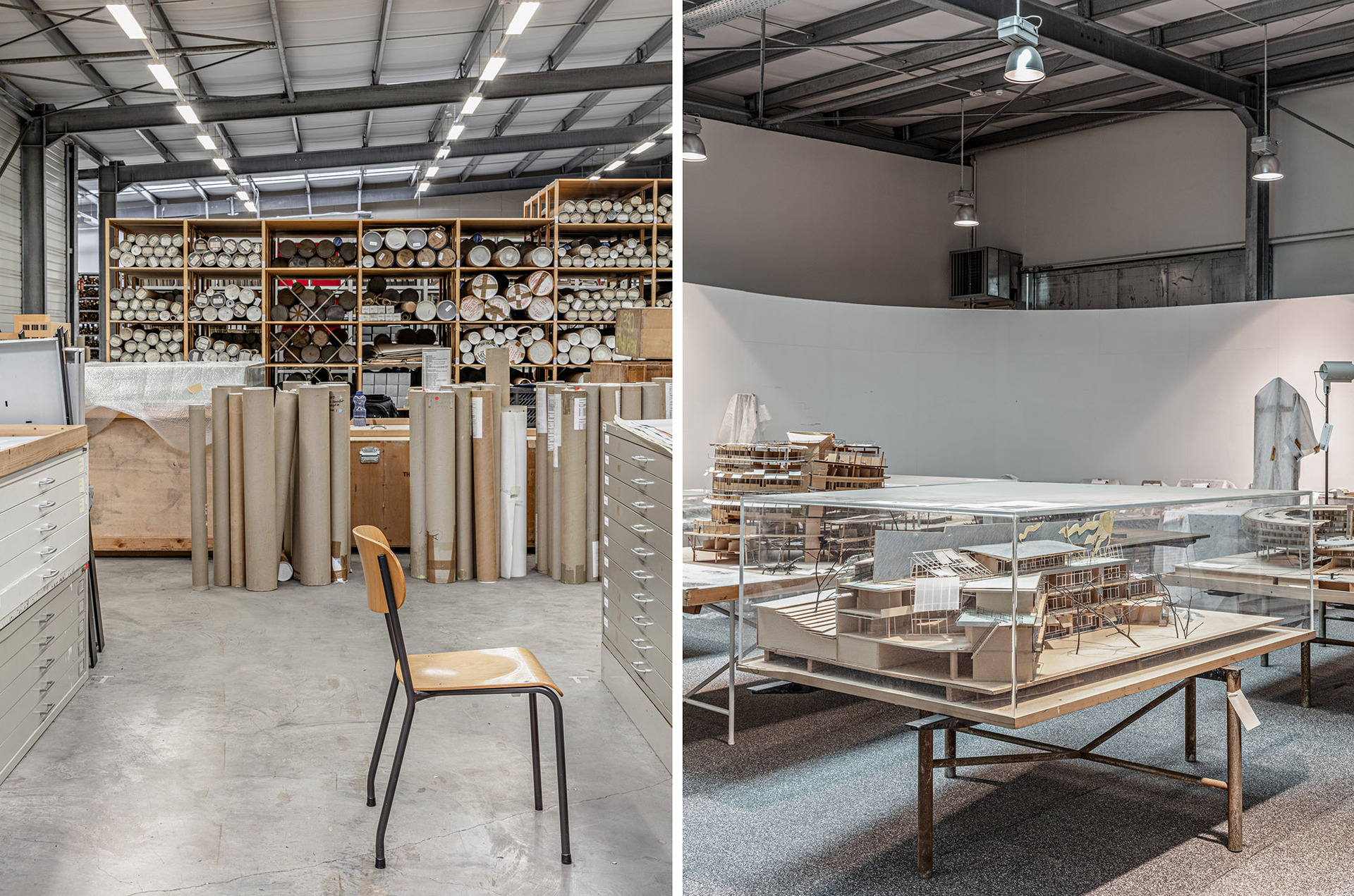saai | Archive for Architecture and Civil Engineering

Since its foundation, the saai has collected and archived materials on architecture, landscape design and civil engineering as well as on architectural theory, architectural theory and photography. The oldest documents date from around 1700, but the collection focuses on the 20th century, particularly the second half, and geographically on collections from southwest Germany. The holdings are largely of international importance and bear witness to the region's networks throughout the world. They include over 530,000 plans, drawings and sketches, 680,000 photos, film and sound documents, 1,100 linear meters of building files, 900 models, 50 pieces of furniture and 400 linear meters of specialist journals and books. In addition to the collection and preservation of cultural assets, our core task is to ensure that access to our objects, estates, documents and data is as open as possible. At the same time, the role of the saai as a place of knowledge that has evolved over time is always reflected.
The saai sees itself as a living, active archive. Its holdings grow continuously and in a controlled manner in order to safeguard historical knowledge in its material form for future generations. It forms the historical basis for research and discourse in architecture and archival practice. With regard to current research questions, the collection and the processes of the saai must also be critically examined in terms of their historically evolved composition in order to supplement missing parts and diversify the collection in its form. this also applies to the further development of the archive on a digital level. On the one hand, improved visibility and accessibility can be made possible within the framework of digital networks, thereby expanding the radius of action; at the same time, metadata can be newly linked in order to promote cross-sections through previously biographically focused estates. On the other hand, the long-term conception and implementation of a collection concept for natively digital bequests and estates not only calls into question technological "solutions", but also the core task of an archive in general: For which future should what be findable and processable and how? How can man and machine work together here without compromising differentiated classifications? These and other questions accompany the expansion of the saai as a "digital archive of the future", always supported by research projects to intelligently position the KIT in the establishment of standards for digital archives.
As a cultural and scientific resource for innovative teaching and research, the saai collection is to be integrated into KIT's teaching activities in the long term and provide students with low-threshold access to historical originals. The exchange with students also ensures that contemporary issues are brought to the collection and that participation in social discourse is encouraged.
